Home>Renovation & DIY>Home Renovation Guides>Which Home Improvements Can I Add To The Cost Basis Of My Home?


Home Renovation Guides
Which Home Improvements Can I Add To The Cost Basis Of My Home?
Modified: January 4, 2024
Discover which home improvements can be added to the cost basis of your home with our comprehensive home renovation guides. Maximize your investment today!
(Many of the links in this article redirect to a specific reviewed product. Your purchase of these products through affiliate links helps to generate commission for Storables.com, at no extra cost. Learn more)
Introduction
Are you considering making improvements to your home? Whether you're renovating your kitchen, adding a deck, or upgrading your HVAC system, it's essential to understand how these improvements can impact the cost basis of your home. The cost basis of your home plays a crucial role in determining the amount of profit you can make when you sell your property. By adding certain home improvements to the cost basis, you may be able to reduce your capital gains tax liability when you sell your home.
In this comprehensive guide, we'll delve into the concept of cost basis and explore which home improvements can be added to the cost basis of your home. Additionally, we'll discuss the considerations you should keep in mind before deciding to include these improvements in your cost basis. Understanding these key aspects will empower you to make informed decisions about your home renovations while maximizing the financial benefits of your investment. So, let's embark on this enlightening journey into the realm of home improvements and cost basis.
Key Takeaways:
- Adding certain home improvements to the cost basis of your home can potentially reduce your capital gains tax liability when you sell your property, leading to significant tax savings.
- Not all home improvements qualify for inclusion in the cost basis, so it’s crucial to differentiate between enhancements that enhance property value and routine maintenance or cosmetic upgrades.
Understanding Cost Basis
Before delving into the specific home improvements that can be added to the cost basis of your home, it’s crucial to grasp the concept of cost basis itself. The cost basis of your home is essentially the original value of the property for tax purposes. It serves as a benchmark for determining the capital gain or loss when you sell your home.
The initial cost basis is typically the purchase price of the property, including any settlement or closing costs. Over time, the cost basis can be adjusted to account for various factors, such as home improvements and depreciation. These adjustments can influence the amount of taxable gain or loss upon the sale of the property.
When it comes to home improvements, adding certain expenses to the cost basis can increase the overall investment in the property. This, in turn, can potentially reduce the capital gain realized upon the sale, leading to a lower tax liability. However, not all home improvements qualify for inclusion in the cost basis, so it’s essential to discern which expenses can be considered for this purpose.
By understanding the concept of cost basis and the implications of adding home improvements to it, homeowners can make strategic decisions to optimize their tax position and financial outcomes when selling their homes. With this foundational knowledge in place, let’s explore the specific home improvements that can be added to the cost basis of a home.
Home Improvements That Can Be Added to Cost Basis
When it comes to adding home improvements to the cost basis of your property, certain types of renovations and upgrades are eligible for consideration. These improvements are typically categorized as capital expenses that enhance the value of the home, extend its useful life, or adapt it to new uses. Here are some common home improvements that can be added to the cost basis of your home:
- Room Additions: Constructing additional rooms, such as a bedroom, bathroom, or home office, can increase the overall living space and functionality of the property. The costs incurred for these additions can be included in the cost basis.
- Kitchen Remodeling: Upgrading the kitchen with new cabinets, countertops, appliances, or flooring can significantly enhance the value of the home. Expenses related to these renovations are generally eligible for inclusion in the cost basis.
- Bathroom Renovations: Improving or adding bathrooms, including installing new fixtures, tiling, or plumbing, can contribute to the overall value of the property and can be considered for inclusion in the cost basis.
- Roof Replacement: Replacing an aging or damaged roof is a substantial investment that directly impacts the structural integrity and longevity of the home. The expenses associated with roof replacement can be added to the cost basis.
- Deck or Patio Addition: Building a new deck, patio, or outdoor living space expands the usable area of the property and enhances its appeal. The costs of these outdoor improvements can be included in the cost basis.
- HVAC System Upgrades: Installing a new heating, ventilation, and air conditioning (HVAC) system or making significant upgrades to the existing system can qualify as a capital improvement, thereby becoming part of the cost basis.
- Electrical and Plumbing Upgrades: Modernizing electrical wiring, outlets, or plumbing systems to meet current safety standards and energy efficiency requirements can be considered for inclusion in the cost basis.
It’s important to note that the key criterion for determining whether a home improvement can be added to the cost basis is its capacity to enhance the property’s value, prolong its useful life, or adapt it to new uses. By carefully documenting the expenses incurred for these eligible improvements, homeowners can potentially reduce their tax burden when they sell their homes.
Now that we’ve identified the home improvements that can be added to the cost basis, let’s explore the types of renovations that do not qualify for inclusion in the cost basis.
You can add the cost of permanent home improvements, like a new roof or built-in appliances, to your home’s cost basis. This can help reduce capital gains taxes when you sell. Always keep receipts and records of the improvements.
Home Improvements That Cannot Be Added to Cost Basis
While certain home improvements can be included in the cost basis of a property, it’s important to recognize that not all renovations and repairs qualify for this treatment. Expenses related to routine maintenance, repairs, and cosmetic enhancements generally cannot be added to the cost basis. Here are some examples of home improvements that typically do not qualify for inclusion in the cost basis:
- Regular Maintenance: Routine upkeep and repairs, such as painting, fixing minor leaks, or replacing broken fixtures, are considered maintenance expenses and cannot be added to the cost basis.
- Cosmetic Enhancements: Improvements that are purely cosmetic in nature, such as painting walls, installing new carpeting, or adding decorative elements, are generally not eligible for inclusion in the cost basis.
- Repairs to Restore Property: Expenses incurred to repair damage or deterioration that does not significantly add to the property’s value or prolong its life, such as fixing a broken window or repairing a leaky faucet, are typically considered repair costs and cannot be added to the cost basis.
- Landscaping and Lawn Maintenance: While enhancing the curb appeal of a property is important, expenses related to routine landscaping, lawn care, or garden maintenance are generally not added to the cost basis.
- Swimming Pool Installation: Adding a swimming pool, while it may enhance the enjoyment of the property, is often considered a personal luxury and does not typically increase the overall value of the property for cost basis purposes.
- Security System Installation: Installing a security system, while contributing to the safety and security of the home, is generally not added to the cost basis unless it is integrated with substantial structural improvements.
It’s essential to differentiate between improvements that maintain the property’s existing condition and those that enhance its value, functionality, or longevity. By understanding which home improvements can and cannot be added to the cost basis, homeowners can make informed decisions about their renovation projects and tax implications.
With a clear understanding of the home improvements that do not qualify for inclusion in the cost basis, let’s explore some important considerations to keep in mind before adding home improvements to the cost basis of your home.
Considerations Before Adding Home Improvements to Cost Basis
Before deciding to add home improvements to the cost basis of your property, it’s crucial to consider several key factors that can impact the tax treatment and financial implications of these renovations. By carefully evaluating these considerations, homeowners can make informed decisions about which improvements to include in the cost basis. Here are some essential considerations to keep in mind:
- Documentation and Records: Maintaining detailed records and receipts for all home improvement expenses is vital. Proper documentation will substantiate the costs incurred and support the addition of these expenses to the cost basis when it comes time to sell the property.
- Applicable Tax Laws: Staying informed about the relevant tax laws and regulations pertaining to home improvements and cost basis adjustments is essential. Tax laws may change over time, so consulting with a tax professional can provide valuable insights into the current guidelines and requirements.
- Impact on Capital Gains: Understanding how adding home improvements to the cost basis can affect the calculation of capital gains upon the sale of the property is crucial. By reducing the capital gain, homeowners may lower their tax liability, potentially resulting in significant tax savings.
- Long-Term Investment: Considering the long-term impact of home improvements on the property’s value and marketability is important. Strategic renovations that enhance the overall appeal and functionality of the home can yield a higher return on investment when the property is sold.
- Professional Guidance: Seeking advice from a qualified tax advisor or accountant can provide valuable guidance on the tax implications of adding specific home improvements to the cost basis. Professional insight can help homeowners make well-informed decisions aligned with their financial goals.
- Future Sale Plans: Anticipating the timeline for selling the property and the potential tax consequences of the sale is essential. By considering future sale plans, homeowners can strategically plan their home improvements to optimize tax benefits.
By carefully weighing these considerations and seeking professional advice when necessary, homeowners can navigate the complexities of adding home improvements to the cost basis with confidence and clarity. Making informed decisions about these financial aspects can ultimately contribute to maximizing the financial benefits of property ownership.
Now that we’ve explored the essential considerations, let’s summarize the key insights and conclude our comprehensive guide on home improvements and cost basis.
Conclusion
In conclusion, understanding the impact of home improvements on the cost basis of your property is pivotal for homeowners seeking to optimize their financial position when selling their homes. By adding eligible home improvement expenses to the cost basis, homeowners can potentially reduce their capital gains tax liability and enhance their overall return on investment. It’s essential to differentiate between improvements that enhance the property’s value and those that constitute routine maintenance or cosmetic enhancements.
Identifying the home improvements that can be added to the cost basis, such as room additions, kitchen remodeling, roof replacement, and HVAC system upgrades, empowers homeowners to strategically plan their renovations for long-term financial benefits. Conversely, recognizing the limitations on which improvements can be included in the cost basis, such as regular maintenance, cosmetic enhancements, and landscaping, provides clarity on the tax treatment of these expenses.
Before adding home improvements to the cost basis, homeowners should carefully consider documentation, applicable tax laws, the impact on capital gains, the long-term investment value, professional guidance, and future sale plans. These considerations enable informed decision-making and help homeowners navigate the complexities of tax implications associated with home improvements.
Ultimately, by maintaining meticulous records, staying informed about tax laws, and seeking professional advice, homeowners can leverage the potential tax benefits of adding eligible home improvements to the cost basis of their property. This strategic approach can contribute to maximizing the financial advantages of property ownership and enhance the overall value of the home in the real estate market.
Armed with this comprehensive understanding of home improvements and cost basis, homeowners are well-equipped to make informed decisions about their renovation projects, tax planning, and long-term financial goals. By harnessing the power of strategic home improvements, homeowners can elevate the value of their properties and optimize their financial outcomes in the dynamic real estate landscape.
Frequently Asked Questions about Which Home Improvements Can I Add To The Cost Basis Of My Home?
Was this page helpful?
At Storables.com, we guarantee accurate and reliable information. Our content, validated by Expert Board Contributors, is crafted following stringent Editorial Policies. We're committed to providing you with well-researched, expert-backed insights for all your informational needs.



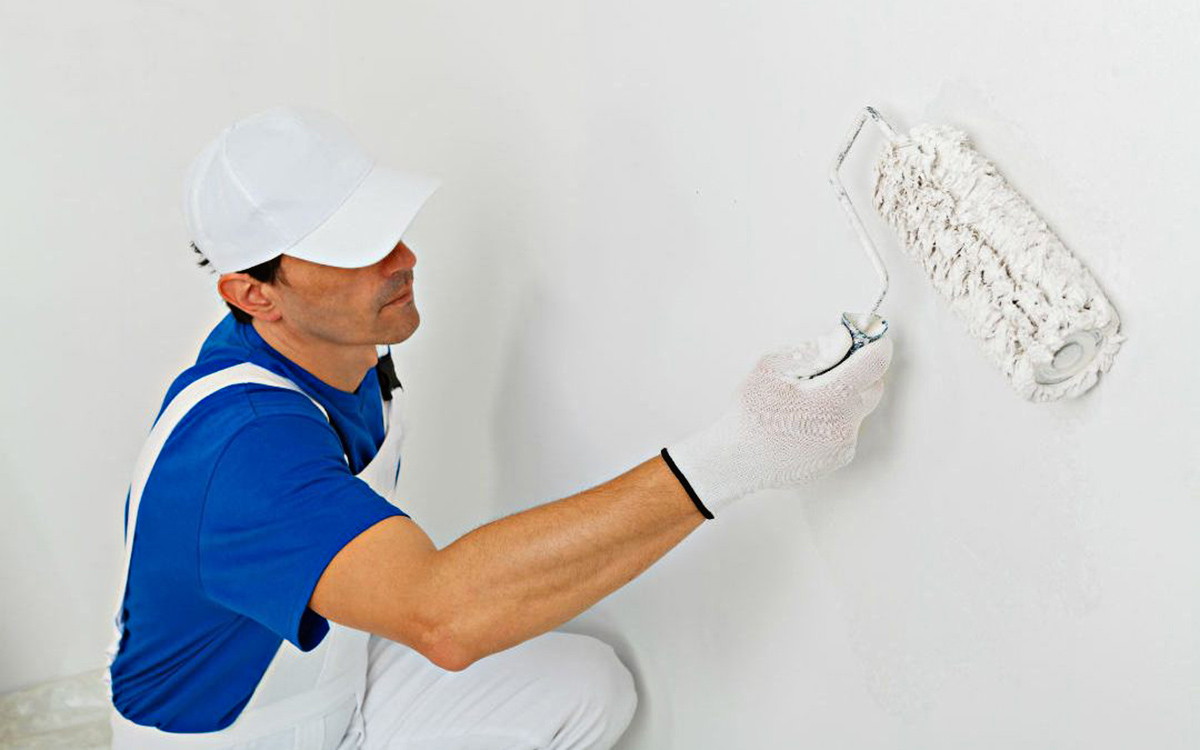



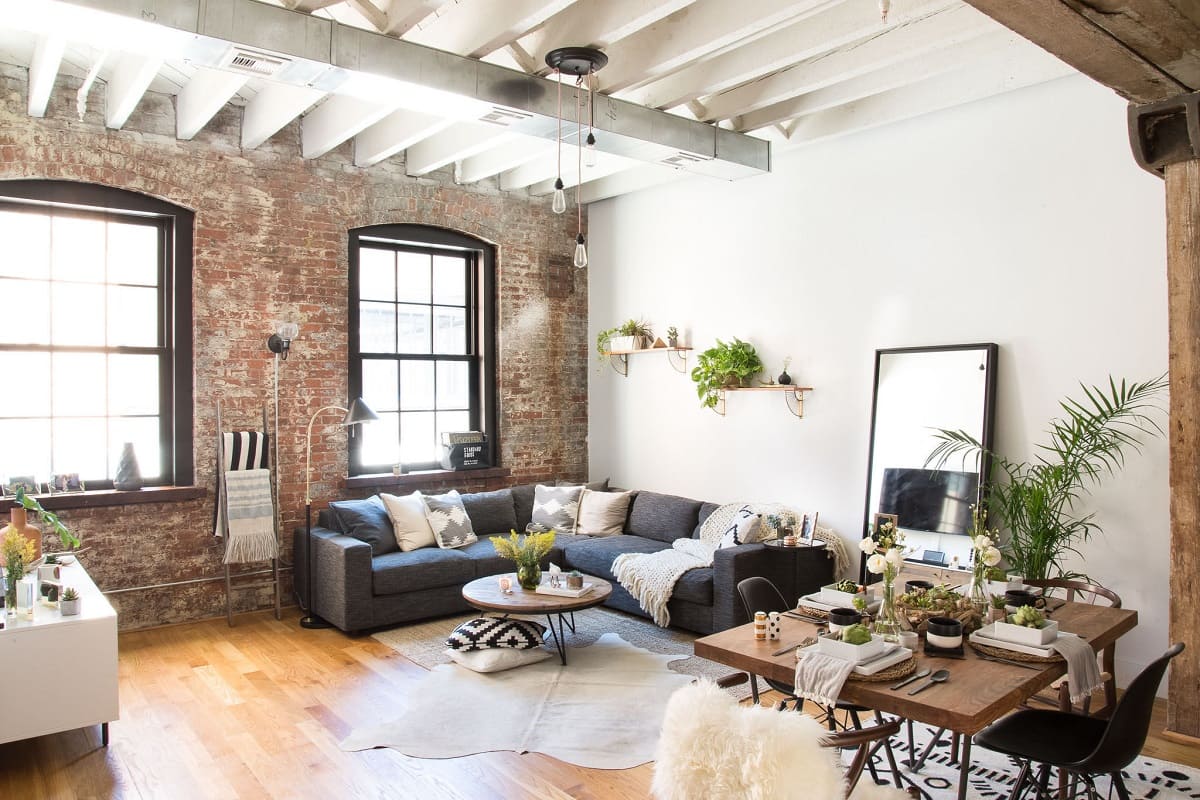
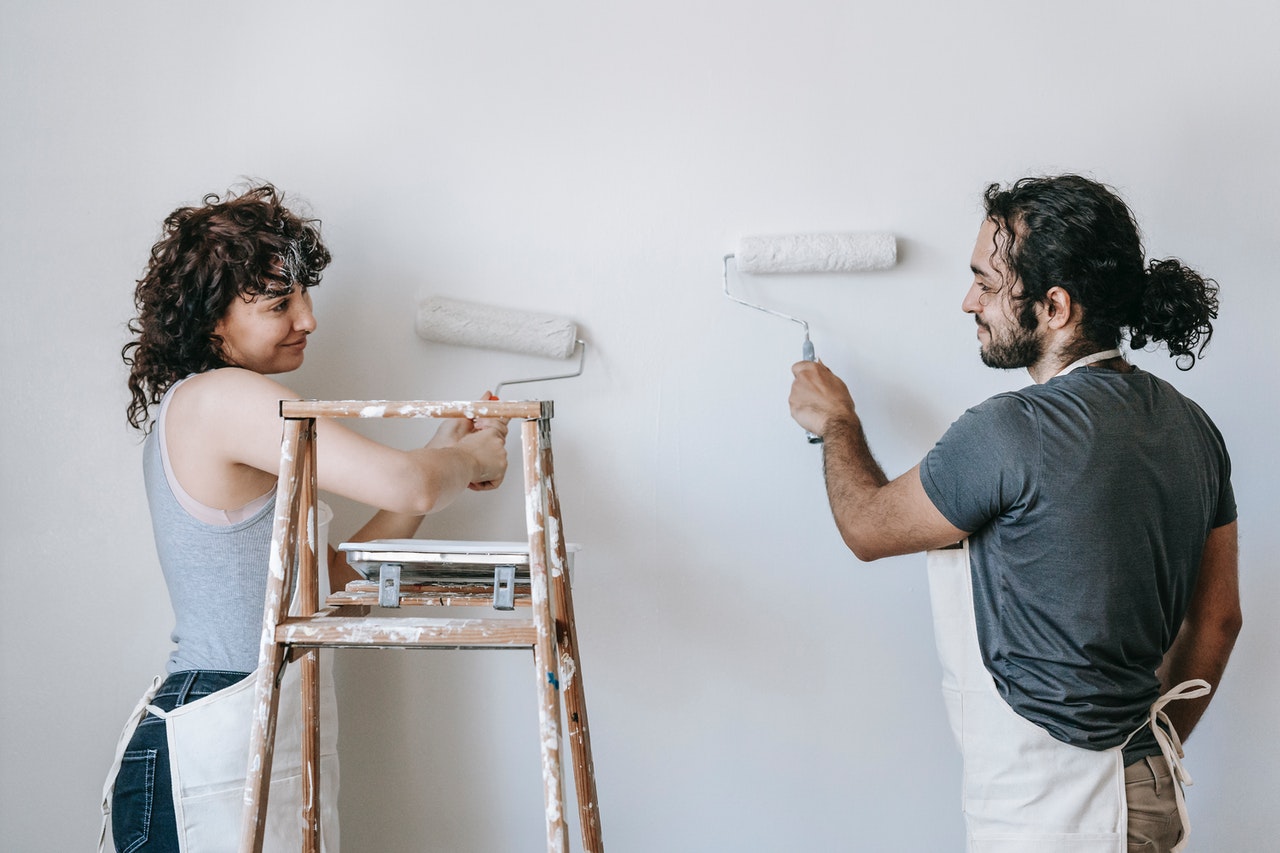


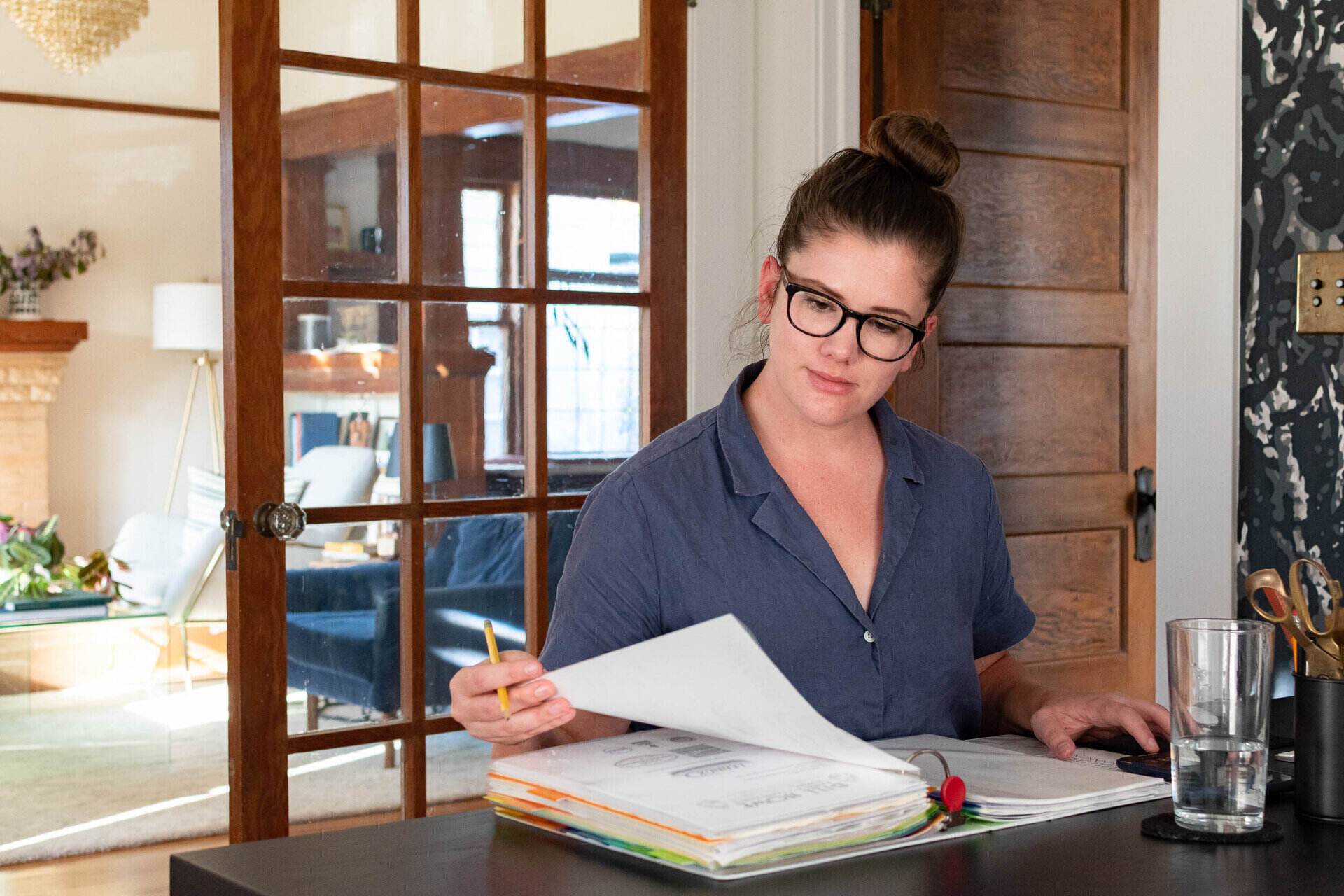

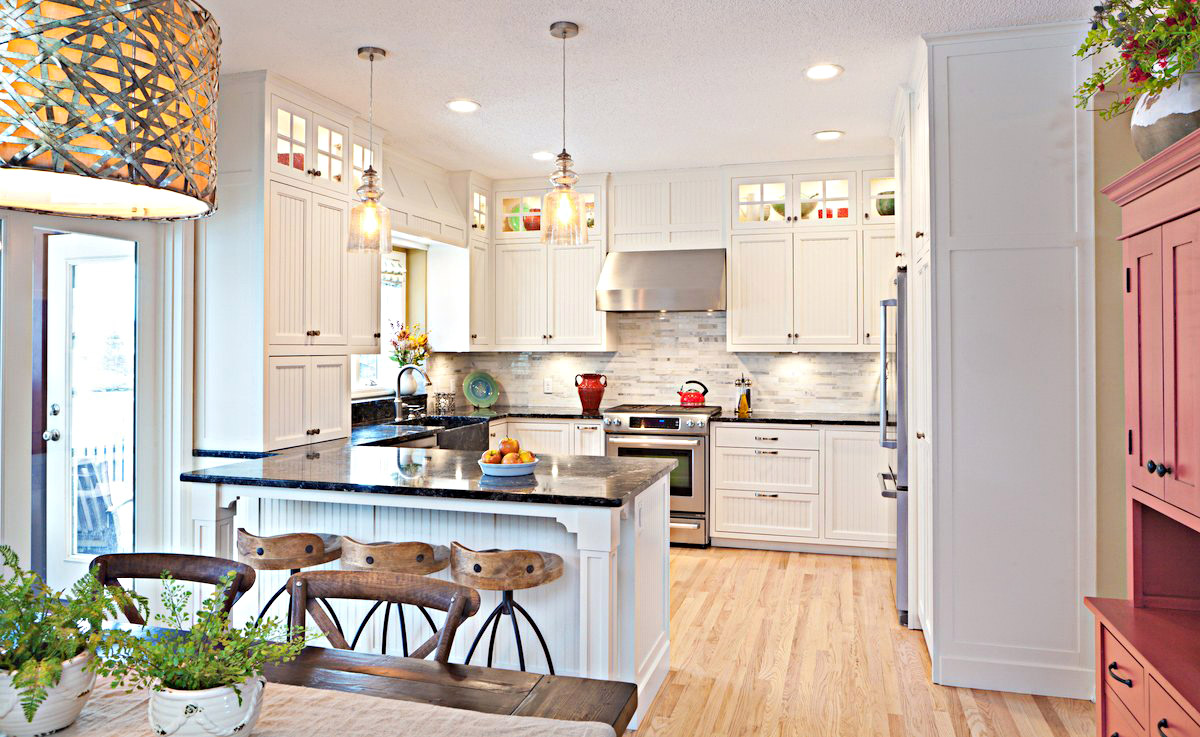

0 thoughts on “Which Home Improvements Can I Add To The Cost Basis Of My Home?”